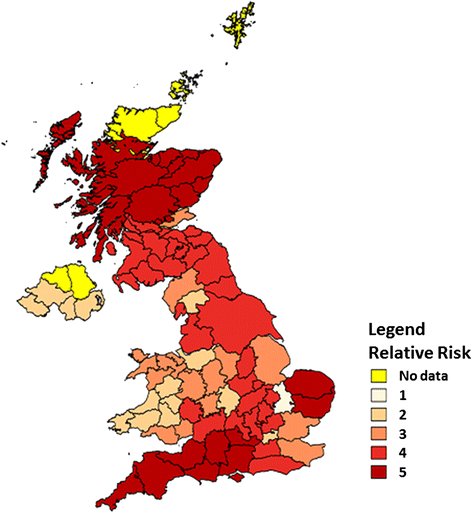The results of The Big Tick Project were announced by the media at the start of September following a collaboration between MSD Animal Health and Bristol University, this was accompanied by the launch of a new Tick Awareness Month Campaign by TV presenter Chris Packham.
Ticks infesting domestic dogs in the UK: a large-scale surveillance programme
Research published 7 July 2016 Parasites & Vectors
The largest study of ticks found on dogs in the UK showed nearly one in three dogs were infested. The Big Tick Project analysed ticks collected by vet practices across the UK and found almost a third of dogs (31%) checked at random during a visit to a vet were carrying a tick.
The Big Tick Project saw 1,094 veterinary practices from across the UK participate in the 16 week study. Over this period 12,092 dogs were chosen at random for a tick inspection. Scientists received 6,551 tick samples for analysis.
Prof Richard Wall at the University of Bristol said ” We were overwhelmed by the veterinary profession’s support for the Big Tick Project – the vast number of ticks collected and analysed make this a robust study the results of which can only help to further raise awareness of the risk to pets and people from ticks.
In Great Britain the distribution of ticks is estimated to have expanded in the last 10 years by 17% and the abundance of ticks to have increased at 73% of locations surveyed.”
Surprisingly, dogs that were restricted to urban habitats were no less likely to have ticks than dogs exposed to more rural habitats. This corresponds with the growing number of reports of high numbers of ticks in urban environments.
Professor Wall said “What we are primarily concerned about is the diseases that ticks carry. In the UK we have relatively low rates of the prevalence of these pathogens at the moment and in contrast in continental Europe they have much higher rates of disease. As there seems to be a rise in tick numbers, we need to be concerned and be aware of the potential for increasing problems. Pet owners in urban areas need to be as concerned as people walking dogs in more rural areas. We did a survey recently where we looked at tick abundance in parks in cities and we found about 30% of parks had ticks. Particularly where there is woodland or areas of long grass, there is a risk.”
In an earlier TV interview Prof Walls said that ticks were found throughout the UK – there were no hot spot areas and that Lyme Disease was evenly spread.
Chris Packham who has worked with the Big Tick Project team and launched September’s Tick Awareness Month Campaign said “The sheer scale of responses to The Big Tick Project which saw ticks collected from dogs by veterinary practices across the country underlines that ticks are a problem where ever you are walking your dog. I’ve seen for myself during the course of this study that ticks can be everywhere from urban landscapes to woodland and open country and they may be carrying disease.
We are launching this tick awareness Month in September to highlight that as the climate changes, ticks are becoming active for longer periods and increasing the need for year – round vigilance and protection for our pets.”
“The findings along with initiatives like Tick Awareness Month are important in safeguarding both canine and human health.”
Media coverage
Another finding during this study was that of Canine Babesiosis in the UK.



